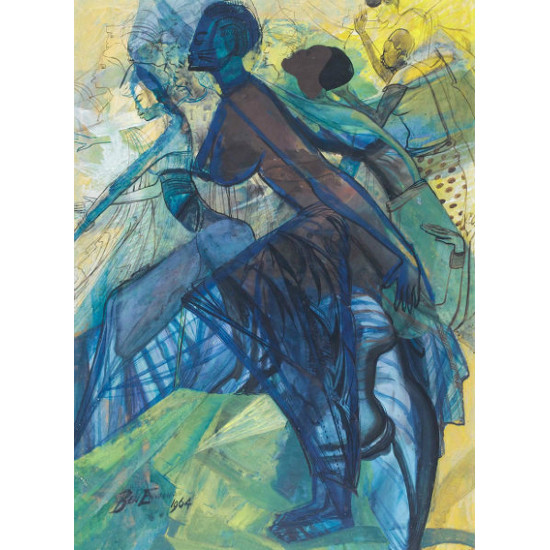
(Ben Enwonwu, “Abstract Figure of a Woman”)
For years, the “face” of the African art investor was a European purchasing ancient and antique African pieces — a practice mired in colonial history. Over the past few years, however, contemporary African artists, primarily from Nigeria, have risen to prominence, adding nuance to what “African” art looks like to the international art market. Economic changes in the country have meant that investors from Nigeria, rather than Europe, are driving the African art boom.
Bloomberg Business highlights one such affluent Nigerian collector,
In his two-acre compound walled off from the chaotic din of the Nigerian commercial hub of Lagos, Yemisi Shyllon is struggling to fit the country’s largest private art collection in his 20 rooms.
The 63-year-old Yoruba prince, who’s been collecting since he studied engineering at the University of Ibadan, has more than 7,000 works crammed into his house and leafy garden, home to porcupines, a catfish pond and free roaming peacocks. As demand and prices for contemporary African art continue to rise, Shyllon is now worried about keeping thieves out.
Giles Peppiatt, director of contemporary African Art at Bonhams, which has seen five-fold increases in the prices of African art, describes the new African art market as a bull market.
“African art is a bull market and one’s investment is liable to return a handsome profit, and certainly the past eight years have demonstrated that,” Giles Peppiatt, a director at Bonhams, said in a presentation at the Alara African luxury store in Lagos, designed by architect David Adjaye. “Nigeria has certainly led the way in this revolution with the artists and prices that have dominated the results coming from Africa.”
But while the upper end of the Nigerian art market is seeing rapid growth, mid and lower-priced artworks are still attainable to many budding art collectors.
Peppiatt, advises potential buyers to buy what they love, not what will appreciate in value, as there are no guarantees in a growing market.
“You should never buy art for investment reasons,” he said. “Buy a piece of art because you love it, not in the hope of making money on it.”

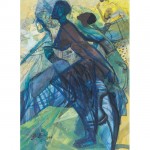
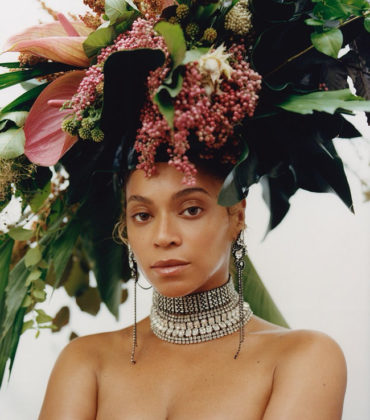
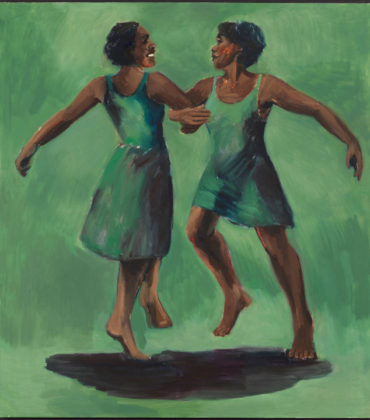
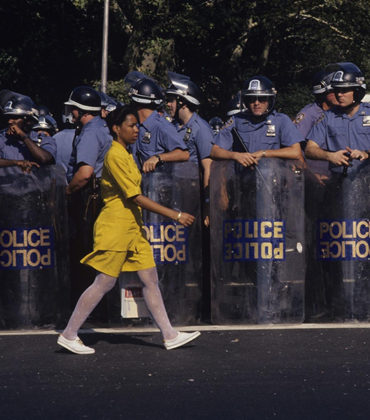
[…] ever-growing African art boom mostly centers around Nigeria, due to several factors, including the country’s large population and its growing economy, as […]